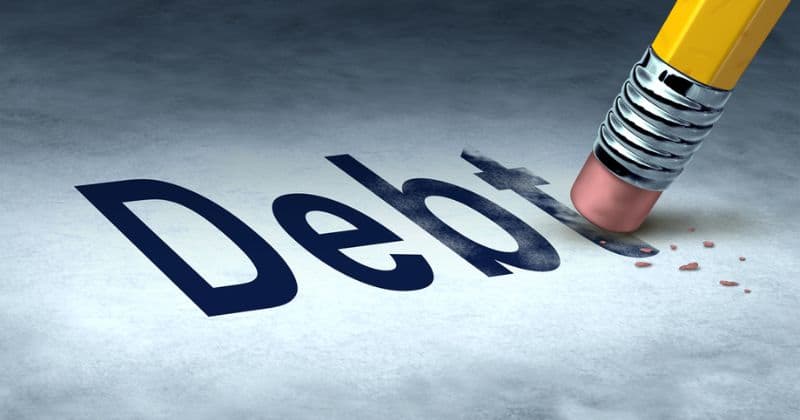What Is Debt Recovery Tribunal?

The rise in financial lending has led to an increasing number of disputes between creditors and borrowers, particularly in cases of default. To ensure a swift resolution of such disputes and to recover debts efficiently, the Debt Recovery Tribunal (DRT) was established in India. The DRT serves as a specialized forum that deals exclusively with cases related to financial institutions and banks, ensuring a streamlined legal process for debt recovery. The Debt Recovery Tribunal is a quasi-judicial body that adjudicates matters related to the recovery of debts due to banks and financial institutions. It was introduced under the Recovery of Debts Due to Banks and Financial Institutions Act, 1993 (RDDBFI Act) to provide a dedicated legal mechanism for financial institutions to recover outstanding dues efficiently. The primary objectives of the DRT are: The DRT has jurisdiction over cases where the outstanding loan amount is Rs. 20 lakh or more. Cases below this threshold are handled by civil courts. The tribunal deals with disputes involving: Each DRT is presided over by a Presiding Officer, who holds the rank of a District Judge. The tribunal also has Recovery Officers responsible for executing recovery certificates issued by the Presiding Officer. Appeals against DRT decisions can be filed before the Debt Recovery Appellate Tribunal (DRAT). The process of filing a case in the DRT involves the following steps: If a party is dissatisfied with the tribunal’s decision, they can appeal to the Debt Recovery Appellate Tribunal (DRAT) within 30 days. However, the borrower must deposit at least 50% of the outstanding debt before filing an appeal. Despite its benefits, the Debt Recovery Tribunal faces several challenges: The Debt Recovery Tribunal plays a crucial role in India's financial ecosystem, ensuring an efficient and effective mechanism for debt recovery. By providing a dedicated platform for financial institutions to recover loans, DRT helps maintain stability in the banking sector. However, addressing its challenges, such as backlog reduction and improving enforcement mechanisms, can further enhance its efficiency. For borrowers and financial institutions alike, understanding the workings of the DRT is essential for navigating the legal landscape of debt recovery. Disclaimer: This article is for informational purposes only and should not be considered legal advice. Individuals seeking specific legal guidance should consult a qualified professional.What is the Debt Recovery Tribunal (DRT)?
Objective of the Debt Recovery Tribunal
Jurisdiction and Scope
Structure and Functioning of the DRT
Composition of the Tribunal
Filing a Case in the DRT
Appeals and Further Legal Remedies
Key Benefits of the Debt Recovery Tribunal
Challenges and Criticisms
Conclusion

